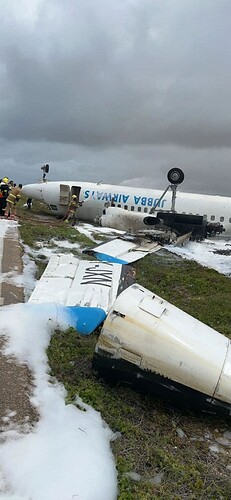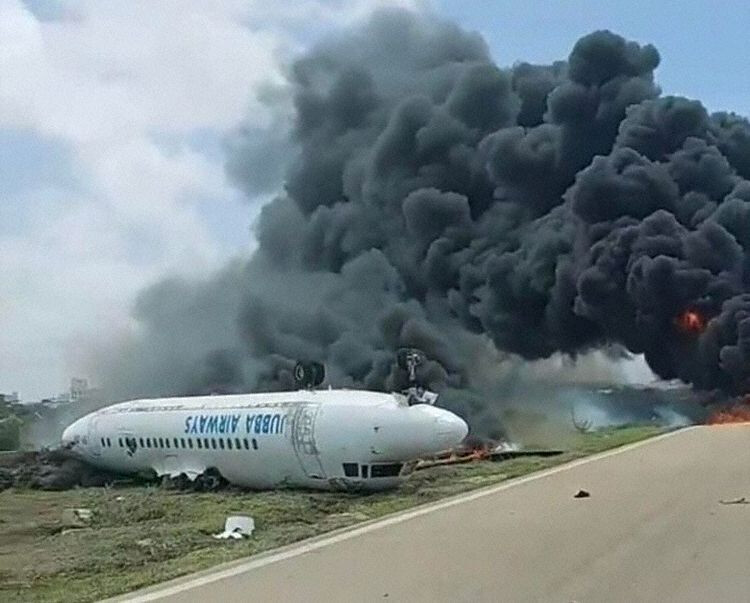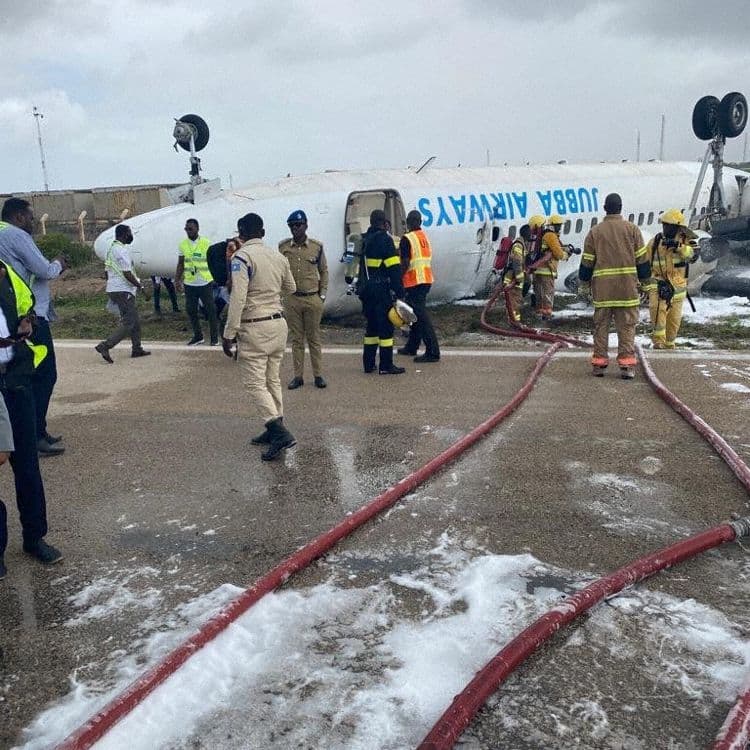Don’t you freak out every time you get on a plane that basically you are are a missile in the air with no safety if it fails
No. Not in the slightest.
You have more faith in government regulation than me
Upside down and no fatalities?
Impressive.
Fokker 50s were built like a truck.
It would be fair to say I’ve imagined a number of “scenarios” when flying, ending up upside down on the runway after landing hasn’t been one of them. Until now.
He’s showing his belly as a sign of submission and trust. Give it a rub.
There’s a lot of things that go through my mind when I get on a plane. Lots of things. But I don’t think “no safety if it fails”, because that really depends on how you define “failure”. There’s plenty of safety for plenty of failures.
Still, I wake up at night regularly, and feel sick whenever this thread is bumped
I mostly just hope the persons in front behind and to the sides aren’t ■■■■■■■■■
Something you might find reassuring is digging into the level of testing during design and construction, the ocd maintenance standards, the multiple levels of redundancy while flying. Anything about how planes are built and cared for. They are ridiculously over engineered.
Personally I’m not stressed flying, but I know that the plane can fly with one engine, a bunch of systems out, the cabin depressured and a door missing. And then probably land without wheels with everyone surviving. Humans are pretty damn smart and planes are one of the best things we’ve made.
This is an interesting perspective. If you mean the CASRs, then you have to reflect on whether it’s the Aus Gov regulation you don’t have faith in, or the EASA or FAA regs? Is it even the regs? Or is it the airworthiness codes/certification specifications that the aircraft were designed to? Or are you more concerned by ICAO and it’s role?
There’s so many parts that contribute to aviation safety, and I have a high level of faith that the regulations that have been put in place provide a high level of safety, as they are the results of horrible experience.
Thanks for the replies, I am now better educated (and will safer flying ) ![]()
It’s only pilot error you have to worry about ![]()
I know that our helicopter maintainers are seriously ■■■■ about things. Every single tool has it’s own slot in the toolbox, and the helicopter won’t come out of the hangar if even one tool is missing until it is found. As far as I am aware, that is policy in every aviation workshop. The attention to detail by the aircrews is second to none. I have seen panels replaced because the paint was scratched. Seriously ■■■■ and seriously OCD. I see signals regularly of a near miss because a nut was 2Nm under torque or that a globe for a gauge was blown. What we consider inconsequntial, these guys have learned from very hard experience to be important.
Stop it!! ![]()
![]()
An ex colleague’s father was involved with the ATSB. His analogy of a plane crash was it was like getting a block of Swiss cheese and if you cut it open all the holes would align and be adjacent to each other in the block for a crash to occur
I will test his theory again next week when I fly out to Vietnam on VN airlines next week
Yes, the “swiss cheese” model is often used to describe what needs to happen for an air crash to occur.
Often there’s a long chain of events that have to go precisely wrong to end up with a disaster.
Years ago, on a very small plane ( about 10 seats, pilot solo crew) from Brisbane to Bundaberg, plane commences to taxi down the runway to take off, school kid decides to pull the handle on the escape door. Pilot was very calm about it, at least the kid didn’t wait till we were airborne, made her write 100 times not to touch the handle unless instructed to do so.



